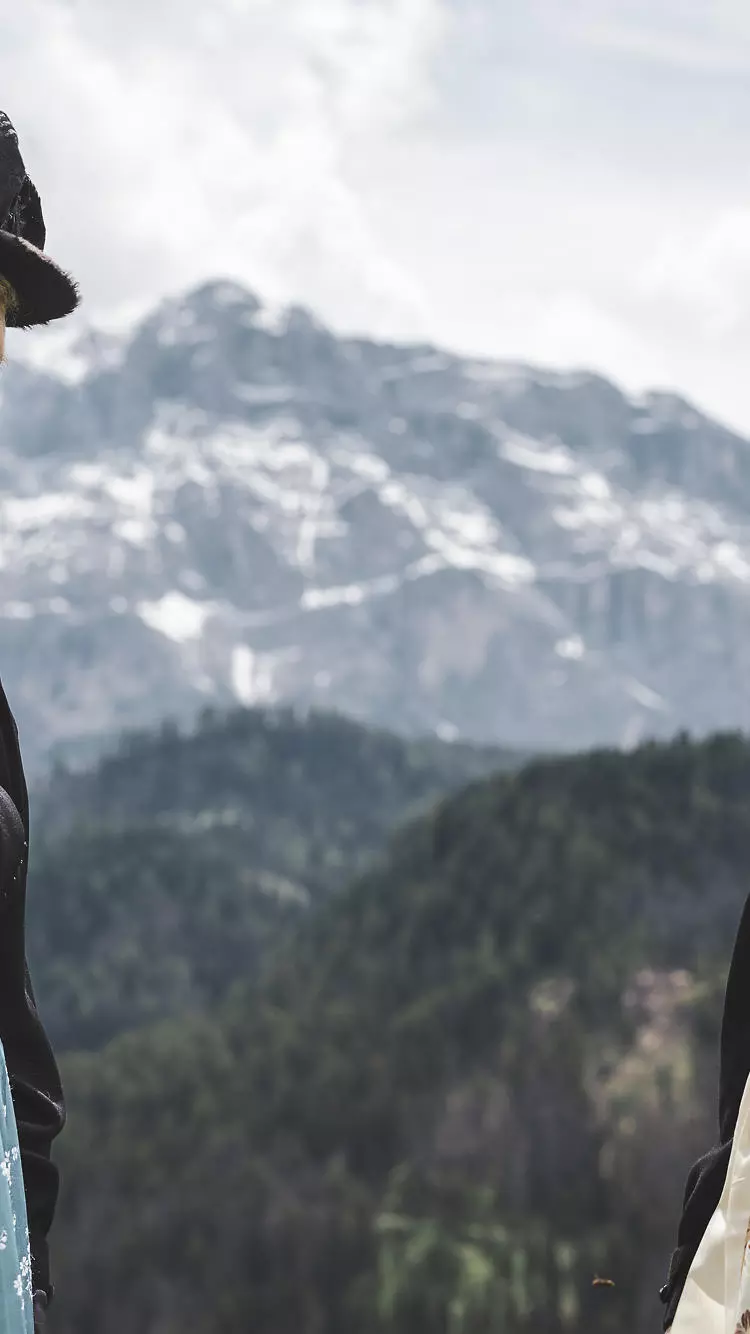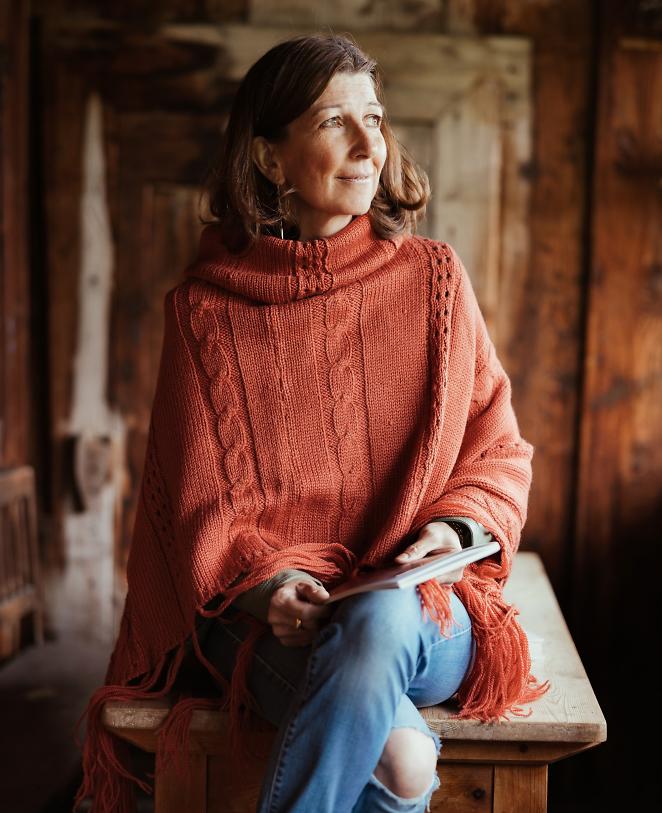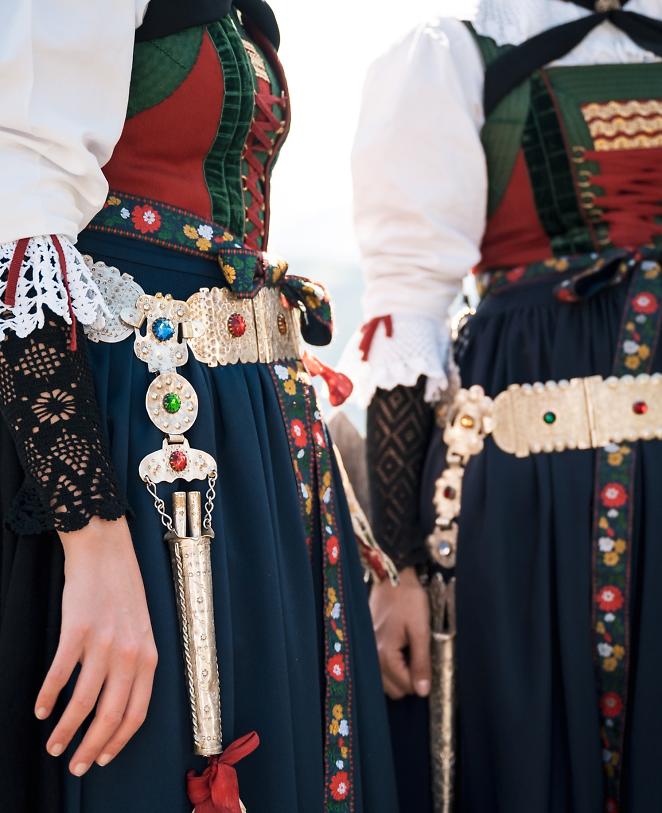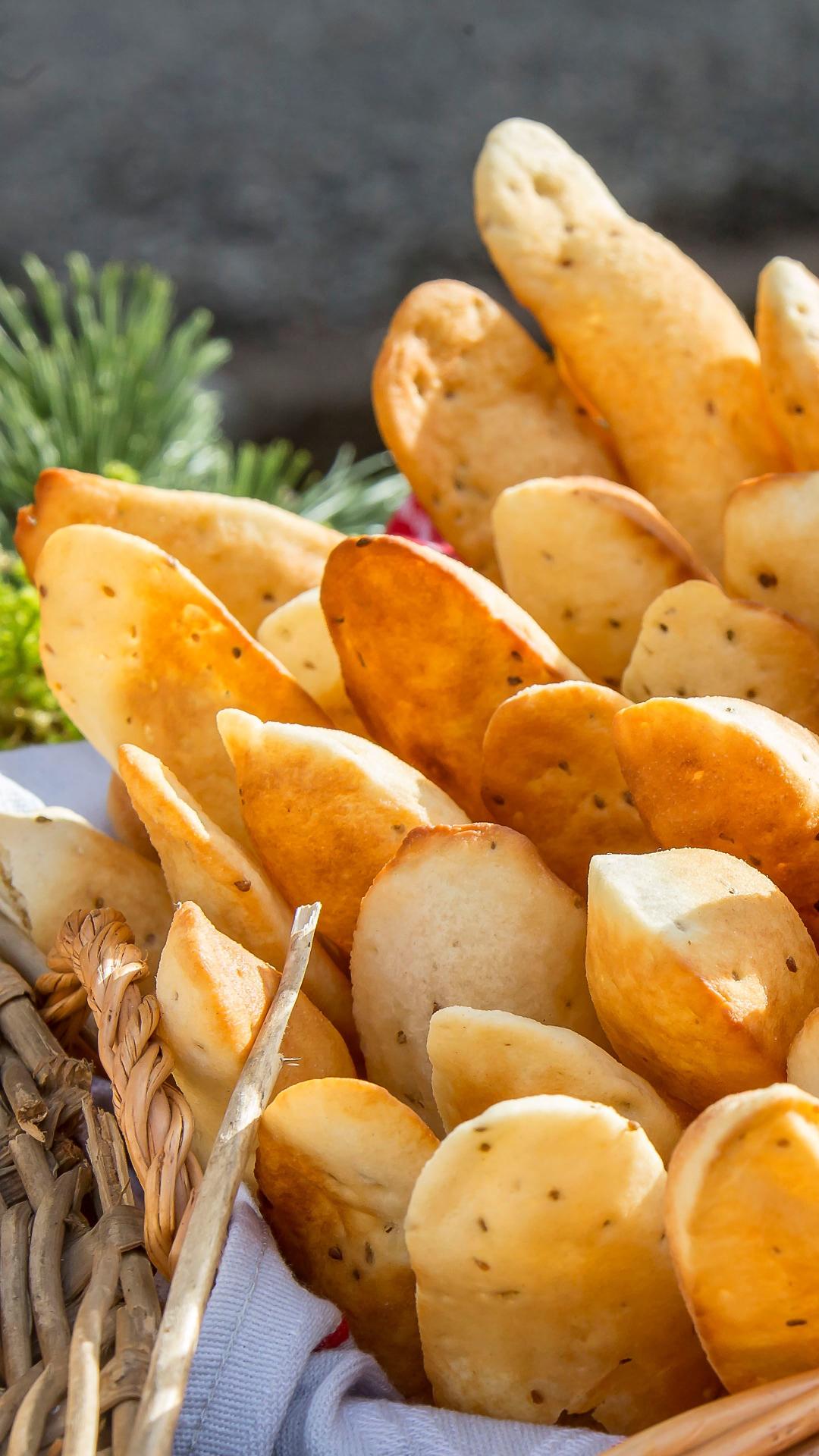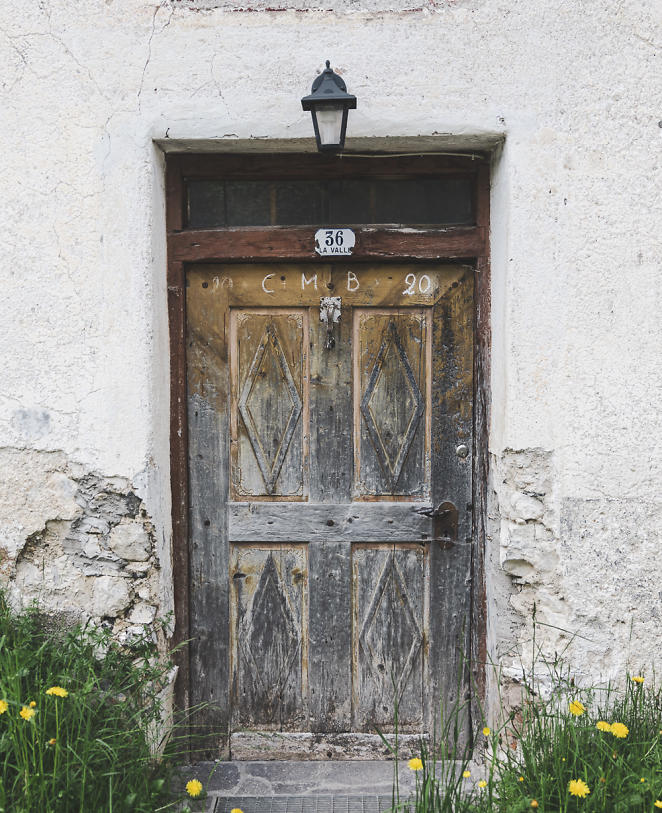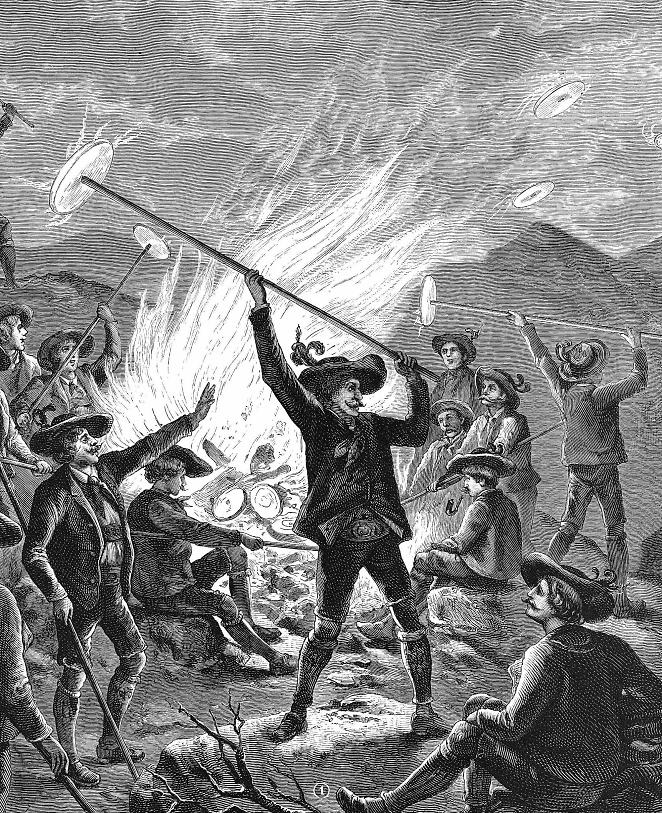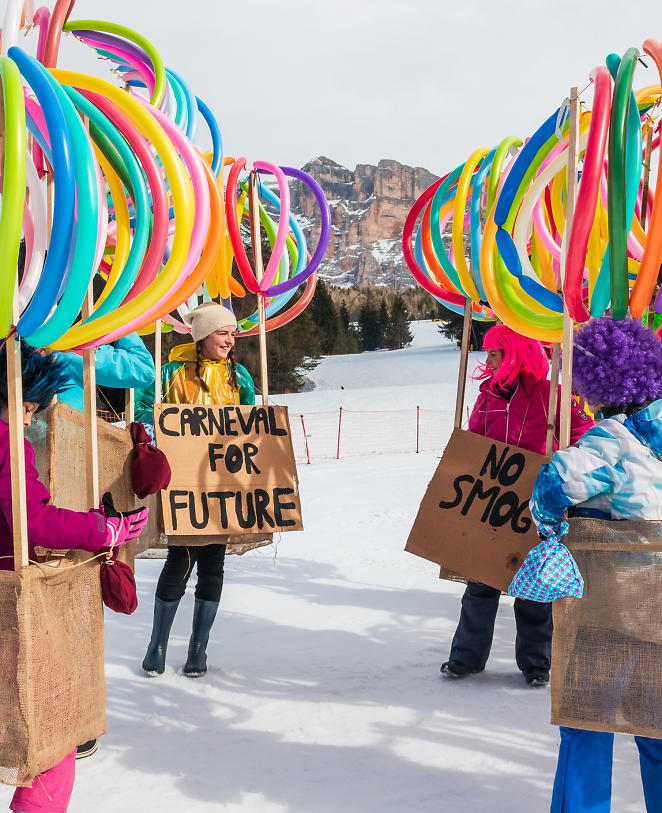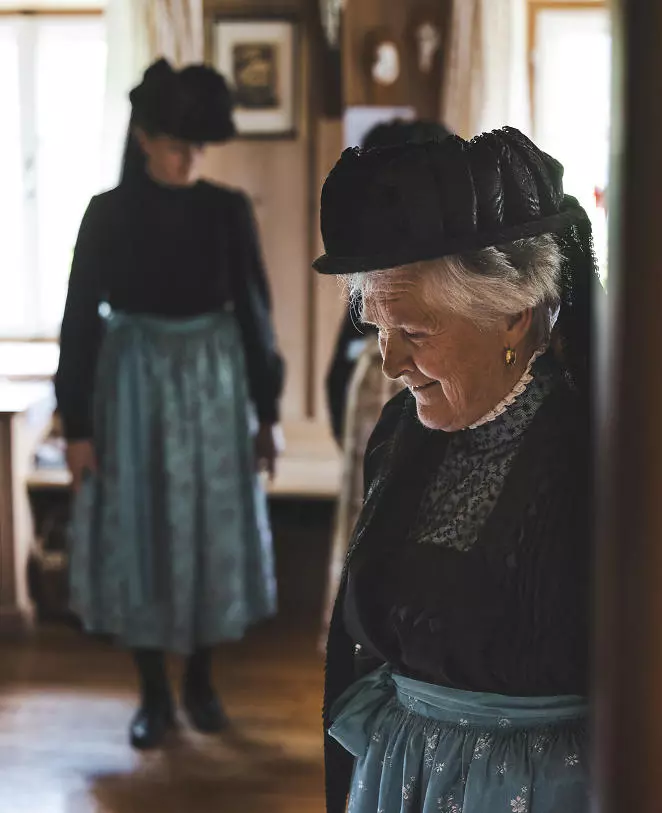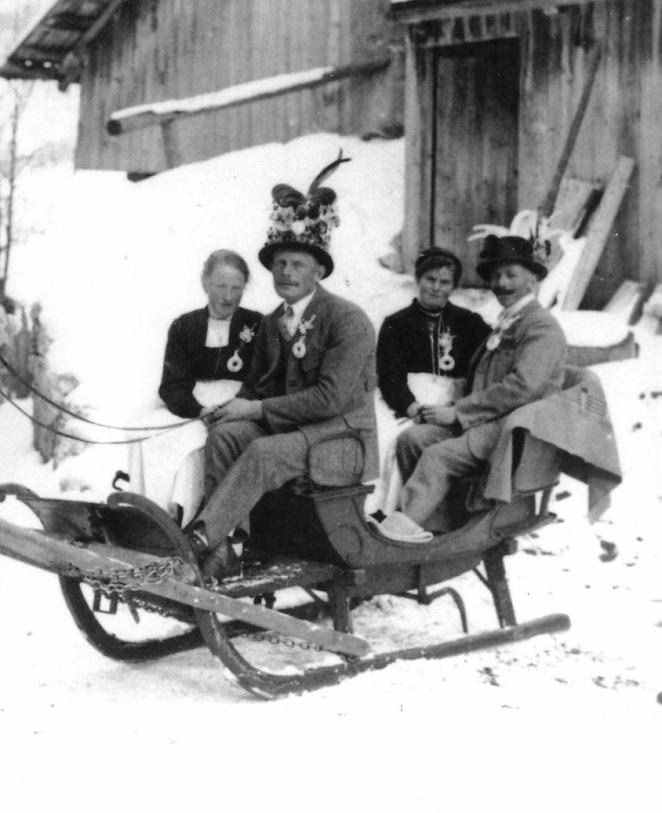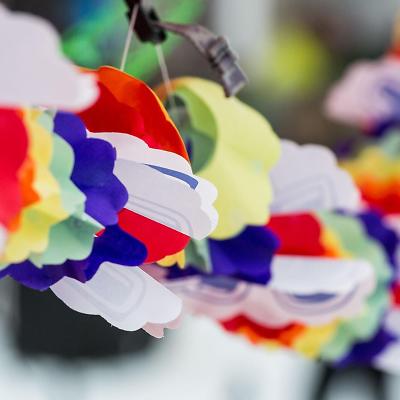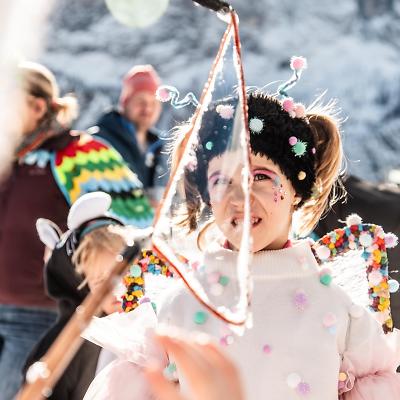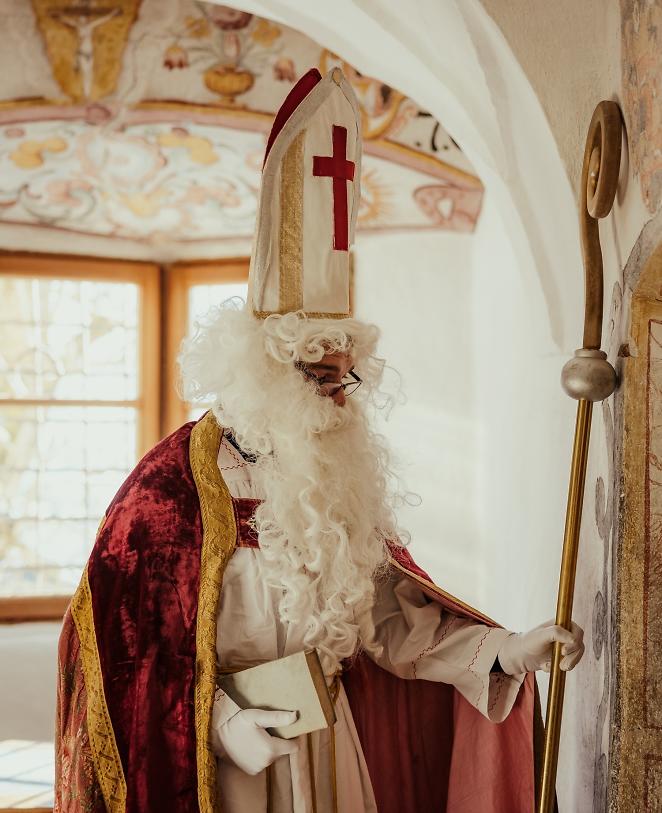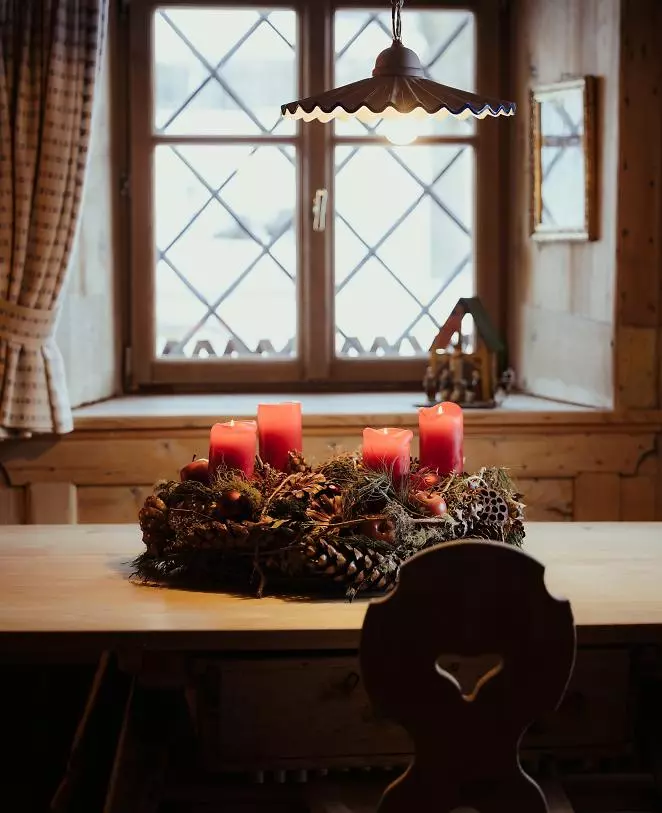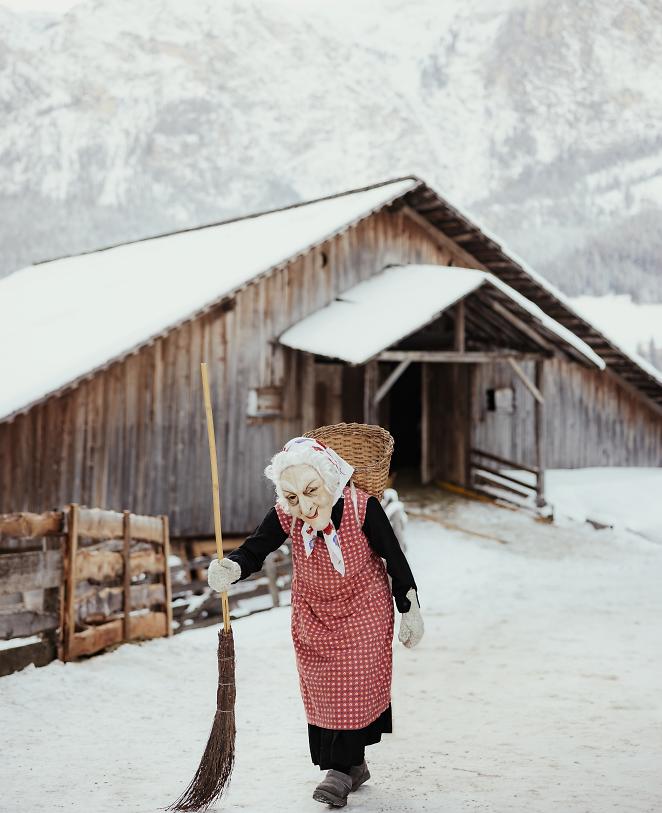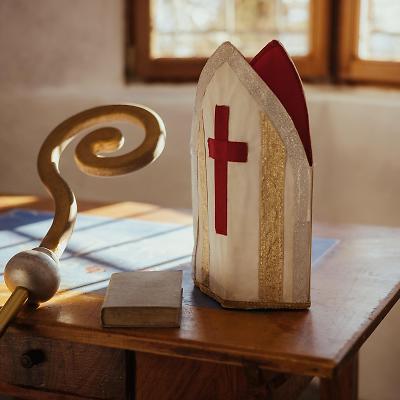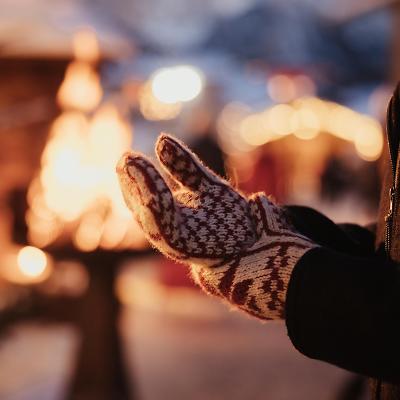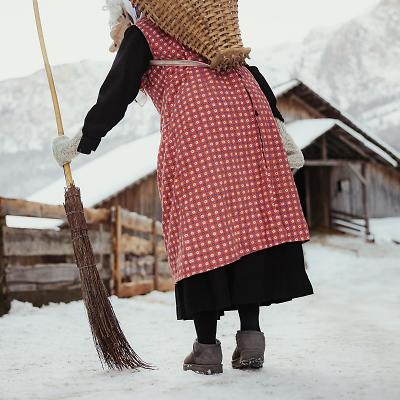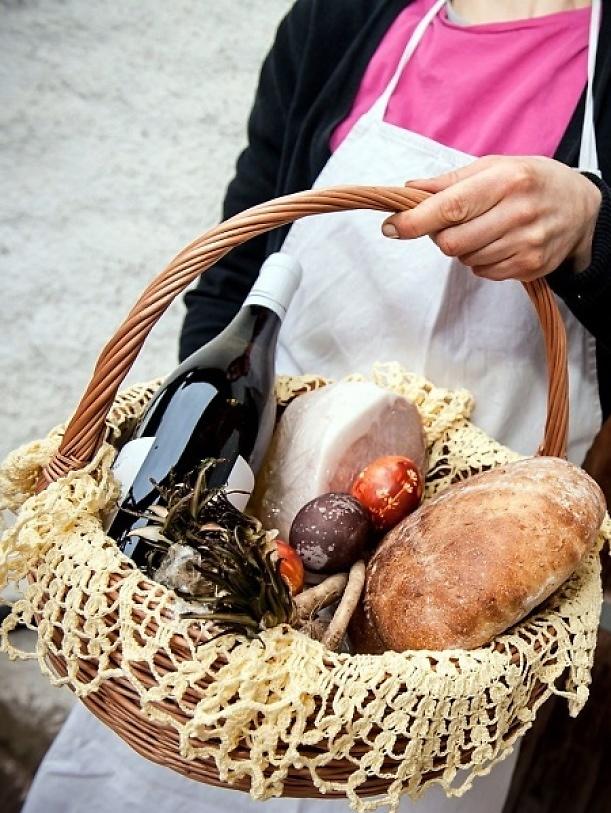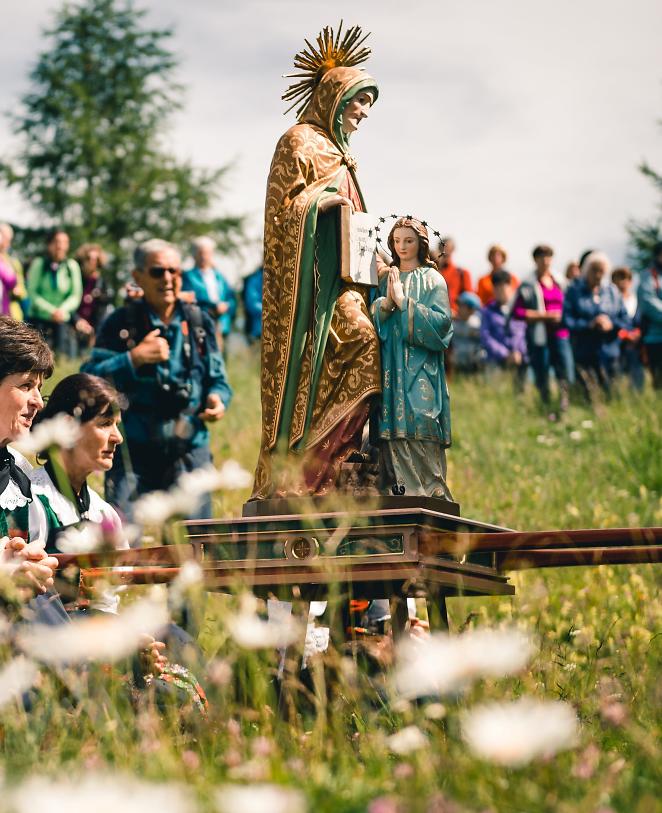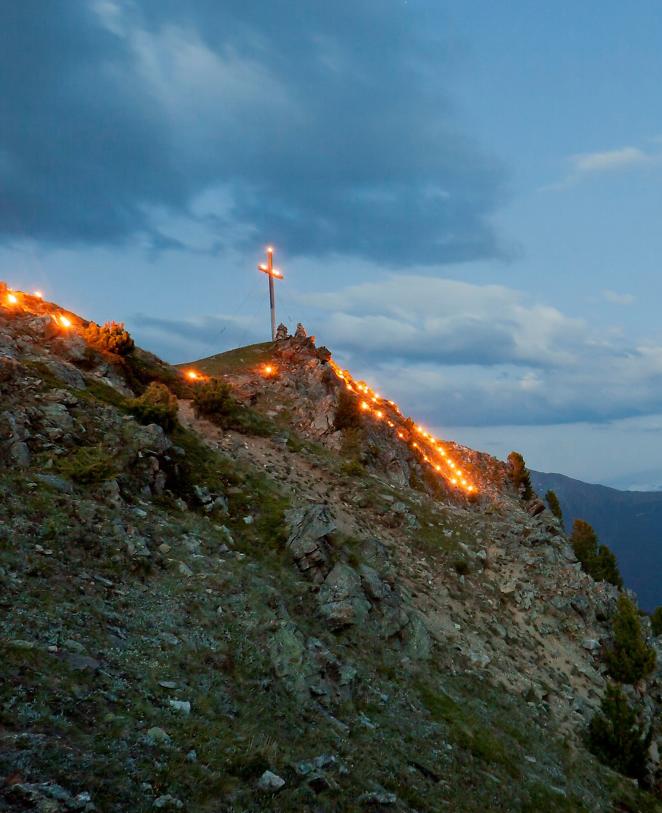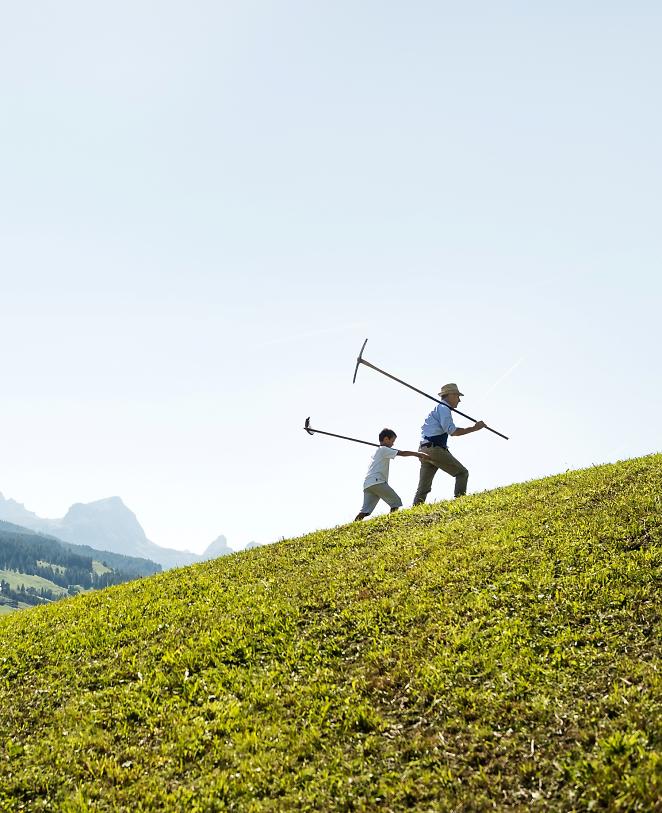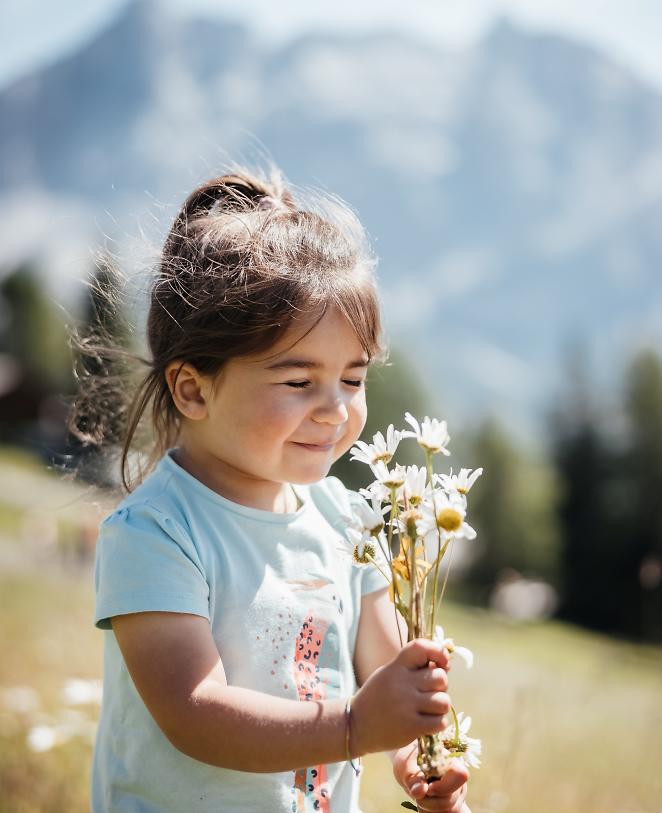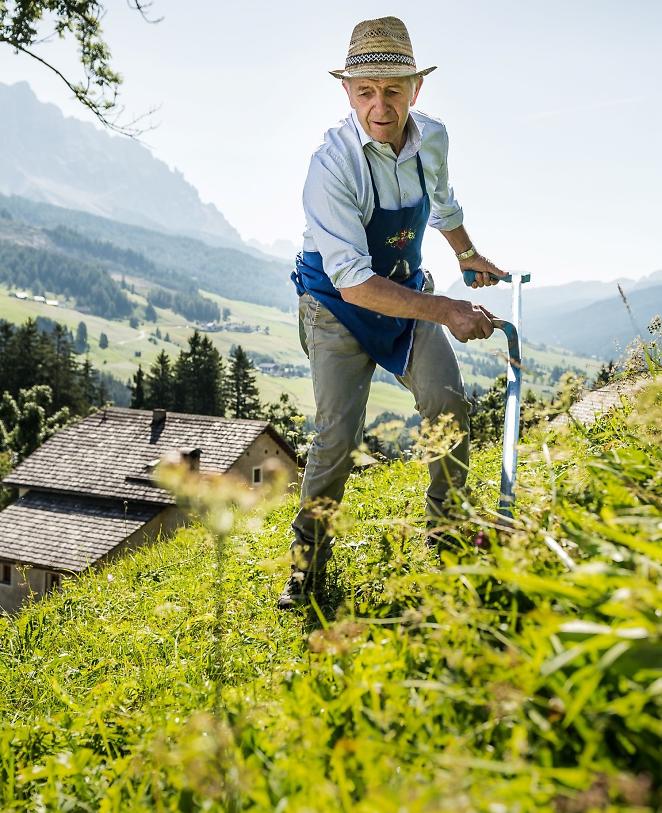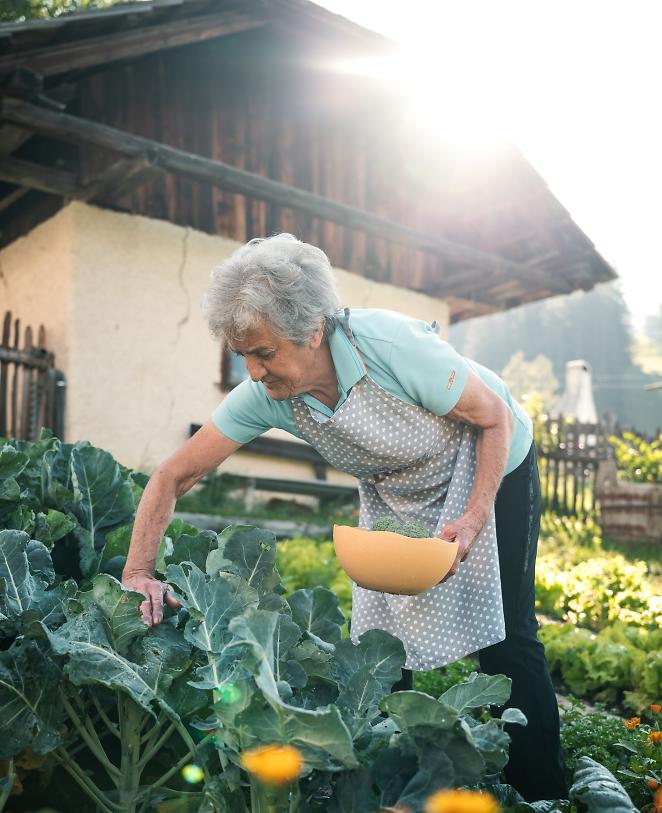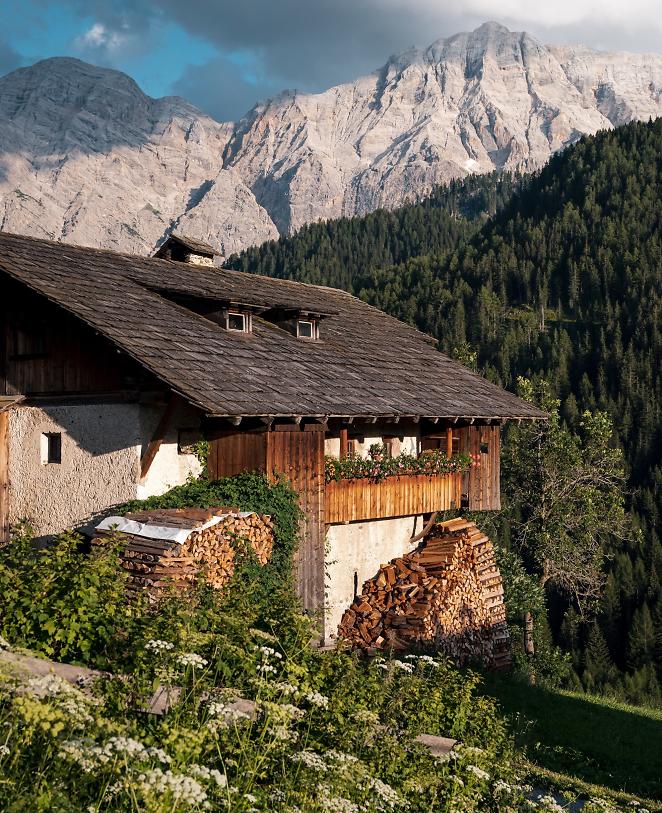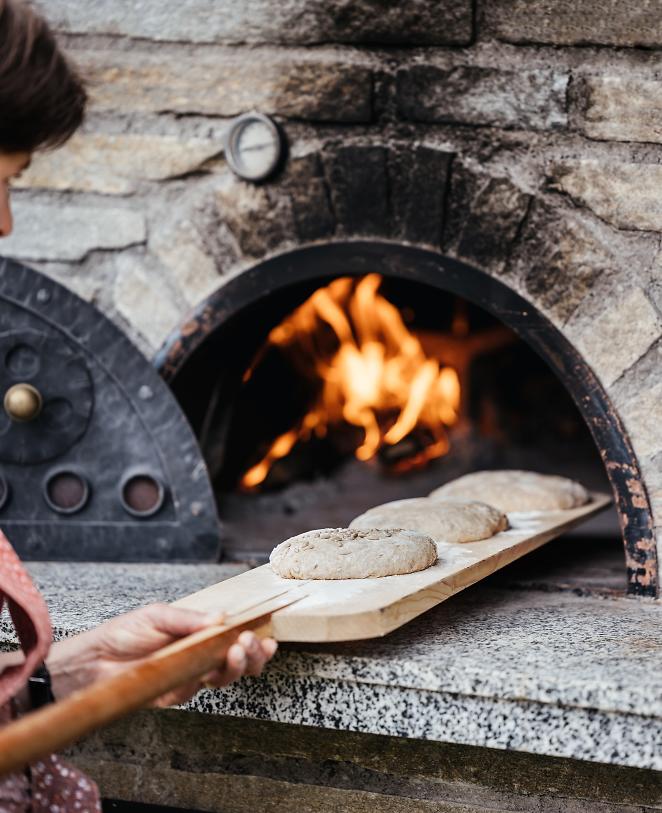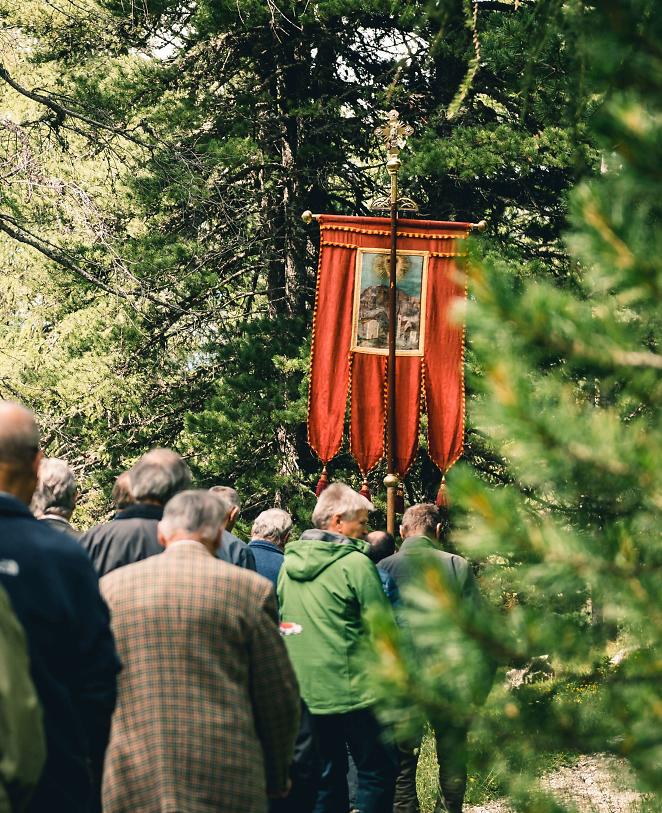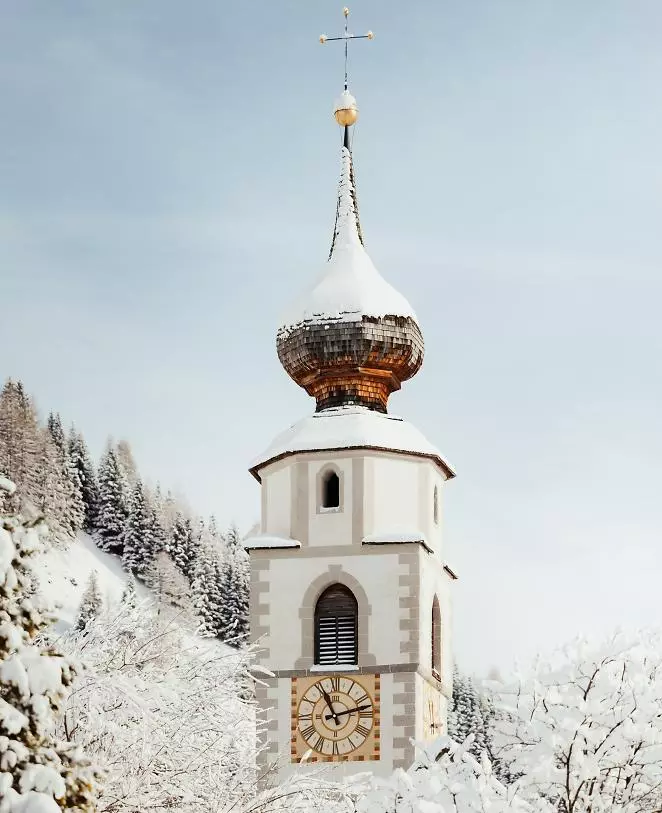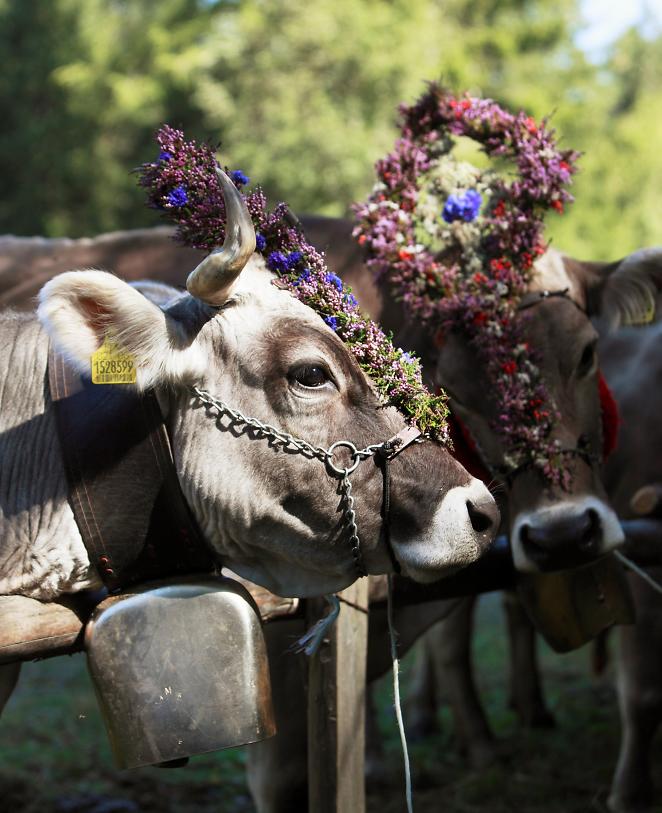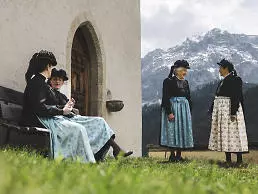- Home
- Ladin
- Ladin culture
- Traditions
The Ladin way of dressing
When religious and popular festivities draw traditional clothes out of the wardrobe, you know it’s time to celebrate.
Our ancestors' lives were poverty-stricken, characterised by unremitting work and hardship. The land produced scarce harvests, leaving grazing and hunting as the only means of nourishment and sustenance. The very few moments of recreation were tied to religious traditions and folk festivals - a blend of the sacre and profane, which fostered a strong sense of community and belonging. These occasions kept pace with the seasons and were closely linked to the cycle of life: birth and baptism, first courtings, marriage and death. By keeping up these traditions, we preserve the cultural background of the Ladin world, the source of our identity.
In between folklore and the cold of winter: age-old Ladin rituals
Our ancestors' day-to-day lives were once shaped by the course of the seasons. Especially in winter, when the fields were covered in snow and the temperatures were bitterly cold, life adopted a more relaxed pace: Work was on hold and new customs arose in homes and villages. Traditions whose echoes still resound to the present day.
Carnival in Alta Badia
Ready to dress up and have fun?
Christmas in the Dolomites shines as bright as the stars in the sky
Alta Badia: Christmas magic that fills the heart
Snow-covered peaks which look like the sugar-coated Panettone, the Italian Christmas cake. Night lights and villages that turn into beautiful nativity scenes. And, of course, festivities such as the Feast of the Immaculate Conception, Advent and Saint Nicholas Day. Then there are the Christmas markets, traditional Christmas carols, the magic of Christmas and joy. A profound peace that embraces everyone and accompanies us until Epiphany. Christmas in Alta Badia - a dream come true.
The Dolomites, a nature-given nativity scene
Christmas in Alta Badia, a festive atmosphere permeates the villages. Celebrate with us!
Spring brings flowers and life back to full bloom
Spring emerges from hibernation: everything springs to life and there are many things to organise. Fields and woods have to be tended, the cattle needs to be taken out of the stables and there is lots to do all around. This busy time of year culminates in Easter.
Ladin summer: living in nature, surrounded by fields, forests and mountains
In summer, there is never enough time. From mowing the meadows and sowing the fields, to grazing the cows and transhumance, to processing wood and building houses and stables – the work is strenuous and the opportunities for spending time together are very rare. Religious festivals and life on the alpine pastures provide rare occasions to celebrate.
The colours of autumn paint Ladin life
Swallows migrate to warmer places, days get shorter and the larches perform their spectacular metamorphosis. It's the beginning of autumn, which sets in a little earlier in the Dolomites, shortly after the Assumption of the Virgin Mary. And as autumn approaches, so does the season of cattle drives, shearing sheep as well as farmers’ markets and town fairs to honour the patron saint.



































